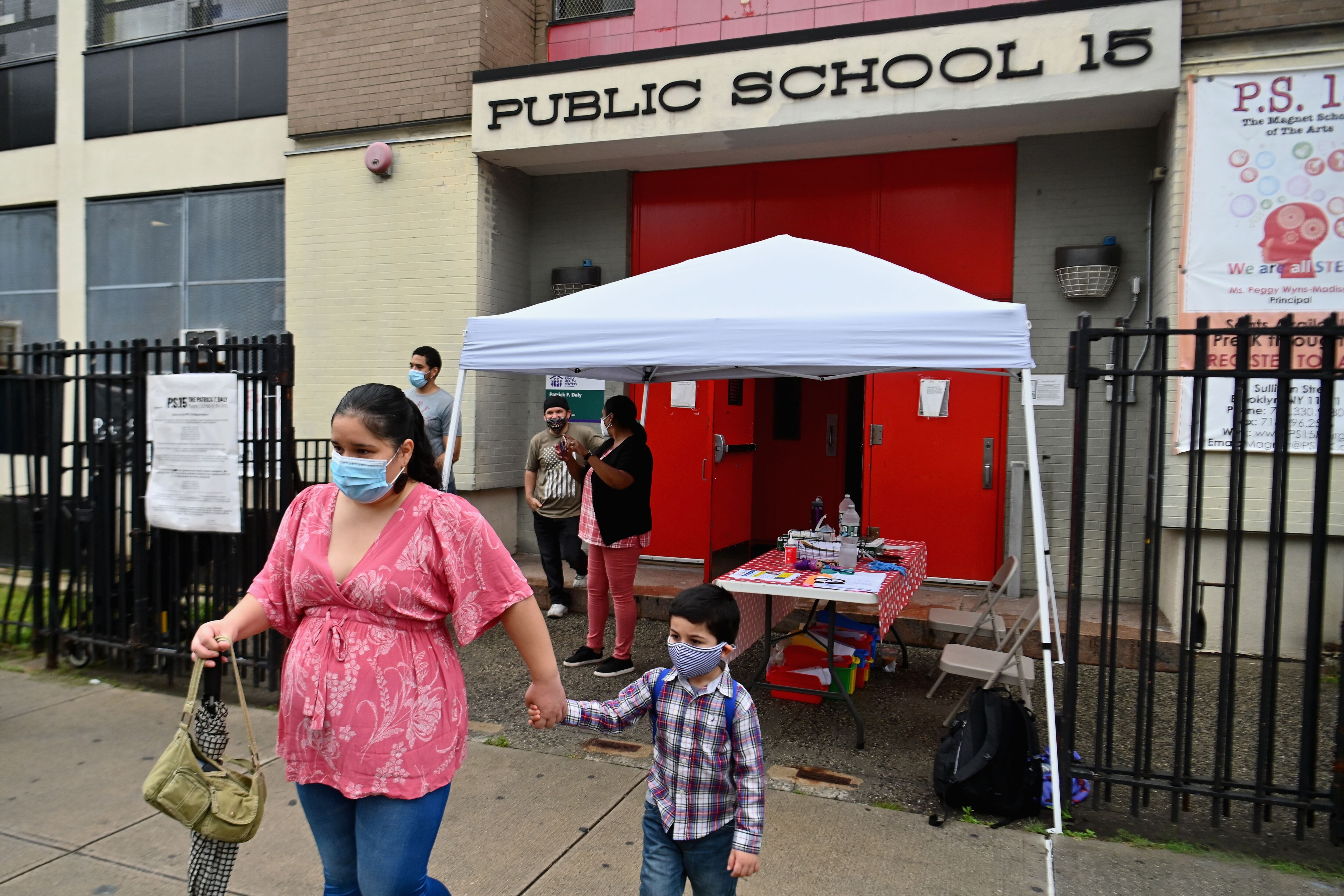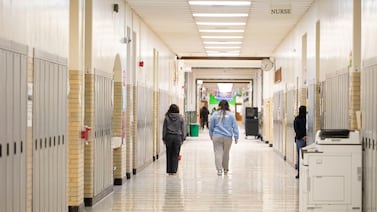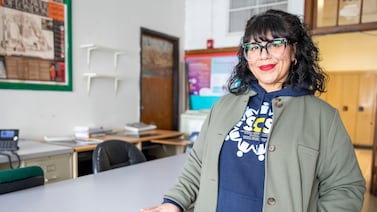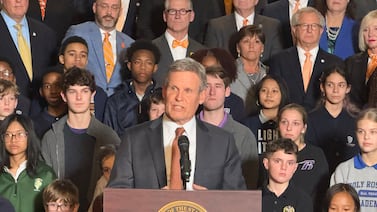The majority of America’s public school students are learning exclusively online, according to a new national poll of their parents — and most of those parents want school officials to focus on improving that experience.
The poll, released by the National Parents Union, a group that backs school choice and a comprehensive educational response to the pandemic, paints one of the most complete pictures to date of parents’ feelings about this school year. It also offers hints to school officials about what parents want as debates about when to open school buildings continue.
Here are some major takeaways.
Most students are learning online, especially students of color
According to the poll, which surveyed more than 1,000 public school parents in late September, 58% of students overall are learning entirely online, while another 18% are receiving a combination of remote and in-person instruction. Less than a quarter of students are learning fully in-person.
There is a sharp racial divide. While 75% of Black parents and 68% of Hispanic parents said their child was learning fully online, that was true for only 48% of white parents.
This dovetails with a recent Chalkbeat/Associated Press analysis showing that school districts serving more Black and Hispanic students were much less likely to offer any in-person instruction at the start of the school year. The results also likely reflect higher rates of opting for full remote instruction among families of color even when given the option to return in person.
Perhaps surprisingly, elementary students were as likely to be fully remote as middle or high school students, even though some have argued for prioritizing the reopening of elementary school campuses.
Most parents want stability and a focus on improving online learning
Improving online instruction and reopening school buildings both require time and resources. When asked to choose, a majority of parents said they would prefer a focus on the former, with 54% agreeing that schools should prioritize “providing access to consistent, high-quality remote or online learning.” Another 37% said the top priority should be getting “public school students back into the classroom this school year and implementing health and safety measures.”
Again, there was a large racial divide: White parents were evenly split, while a strong majority of parents of color preferred focusing on remote learning.
There are signs, though, that parents want all of the above, even if it’s difficult for schools to pull off. A separate recent poll of parents found that two-thirds wanted schools to provide them with multiple options for how their child learns.
Parents are also seeking consistency. A majority in the National Parents Union poll said they want schools to “stick to a consistent plan for whether students receive remote or in-person learning throughout the year, rather than changing gears based on the number of coronavirus cases in my area.”
New York City, for instance, just closed 124 schools in pockets of the city with COVID case upticks this week.
Most parents are still pleased with their child’s schools, but a substantial minority are not
The majority of parents gave their child’s school’s back-to-school plan an A or B. Two-thirds said schools are providing an appropriate amount of instruction, and 70% said the quality of instruction is excellent or good. This mirrors parent polls about remote learning from this spring. In the latest poll, differences based on race, family income, and the child’s age were small or nonexistent.
A substantial minority of parents, though, aren’t pleased with their child’s school’s approach. A third of parents said they were not included in the reopening decisionmaking process, and a similar number gave the back-to-school plan a C or worse.
A quarter of parents said their child is not receiving enough teacher-led instruction, with a similar share of parents saying the quality of that instruction is fair or poor. Parents whose children are learning fully or partially online were especially likely to want more instructional time.
Parents are relatively optimistic about learning loss
Researchers and teachers generally agree that students are likely to lose a substantial amount of learning due to the closure of school buildings and a shift to online instruction.
Parents take a more optimistic view: 38% said their child is learning less than they normally would, but 40% said they’re learning about as much, and 18% say they’re learning more. Parents whose children are back fully in person were the most positive about their child’s learning.
The overall results track with a recent Education Week poll of parents. That same poll, though, found that more than 80% of teachers felt that their students are learning less.
Parents are split on testing this spring
There remains significant debate among educators, politicians, and federal officials about whether state testing should continue this year. Some state and local school officials, as well as teachers unions, have called for it to be scrapped. But the Trump administration — backed by Congressional Democrats and civil rights groups — has said that it will likely maintain federal testing requirements. (The decision might ultimately rest with a Biden administration.)
What do parents think? They’re about evenly split: 47% back keeping those tests, while 43% want to skip them for the year. That differs notably from a July poll, in which nearly 60% of parents backed canceling all standardized testing for the year.






